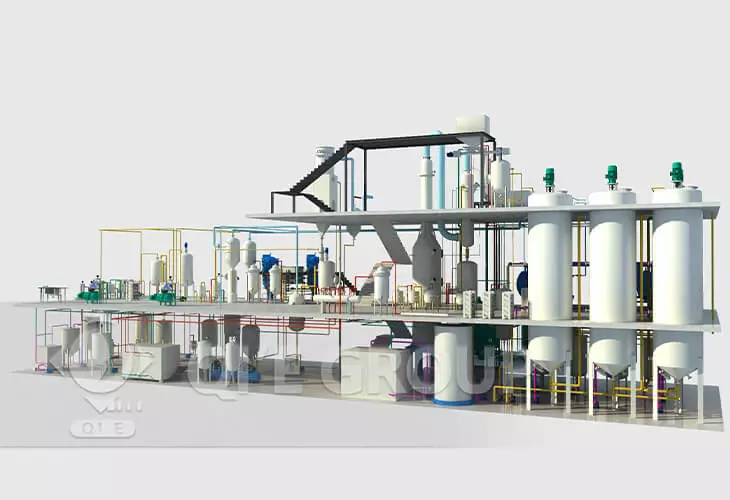
In the competitive global edible oil market, precision in refining isn’t just a technical detail—it’s your edge. Whether you're managing a mid-sized soybean oil plant or optimizing a large-scale operation, mastering each stage of the process can mean the difference between premium-grade oil and commodity-level output.
The journey starts long before the refinery. Proper pre-treatment—especially dehulling—can boost oil yield by 3–5%, as seen in case studies from Brazilian and Chinese processors using automated hull separators. This simple step removes fiber-rich shells that hinder solvent penetration, reducing extraction time and increasing throughput.
| Method | Pros | Cons |
|---|---|---|
| Mechanical Pressing | No chemicals, good for cold-pressed premium oils | Lower yield (~70%), higher energy cost |
| Solvent Extraction | High recovery (>95%), scalable, cost-efficient | Requires strict safety protocols, solvent recovery system |
Once extracted, the crude oil must go through five core refining steps: degumming, neutralization, bleaching, deodorization, and winterization. Each phase directly impacts shelf life, clarity, flavor, and oxidative stability.
One common mistake? Overheating during bleaching. If the temperature exceeds 100°C, clay adsorption efficiency drops sharply—and so does your oil’s natural color and antioxidant profile. In a pilot study at an Indian oil mill, adjusting the bleaching temp from 110°C to 95°C improved final product clarity by 12% while cutting clay usage by 18%.
Another often-overlooked area is filter press optimization. Using dual-stage filtration (coarse + fine) cuts downtime by up to 25%, especially when dealing with high-phospholipid content in low-quality beans. Automation via PLC-controlled valves reduces manual errors and boosts consistency across batches.

For engineers and procurement managers alike, investing in modular refining units—like compact deodorizers with steam efficiency sensors—can reduce energy costs by up to 15%. These aren’t just upgrades—they’re profit levers.
Want to know how your current process stacks up? Download our free benchmarking checklist tailored for soybean oil producers worldwide—used by over 120 plants in Asia, Europe, and Latin America.
What’s one refining challenge you’ve faced recently? Share it below—we’ll feature top responses in our next industry roundtable.

